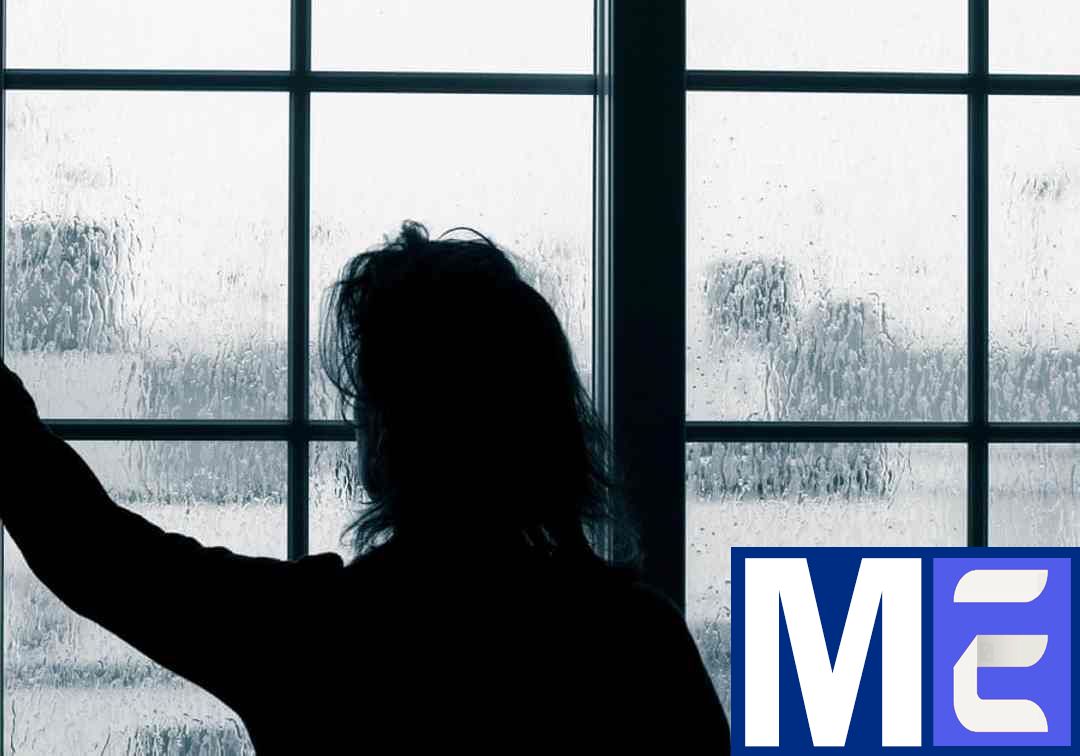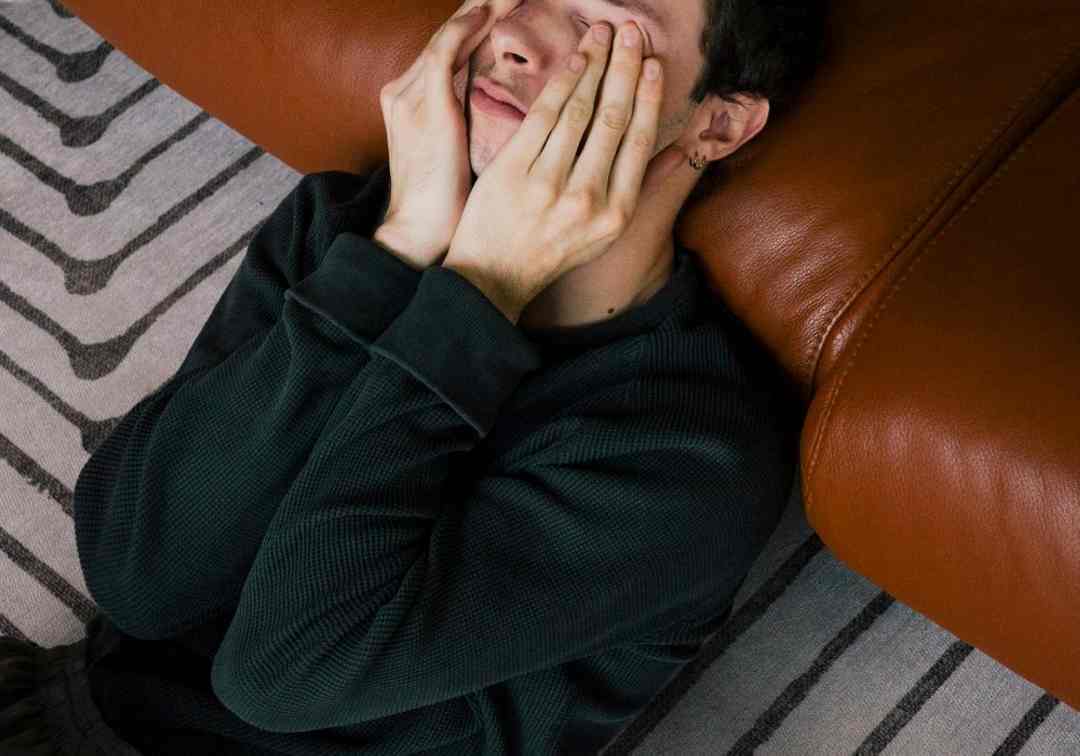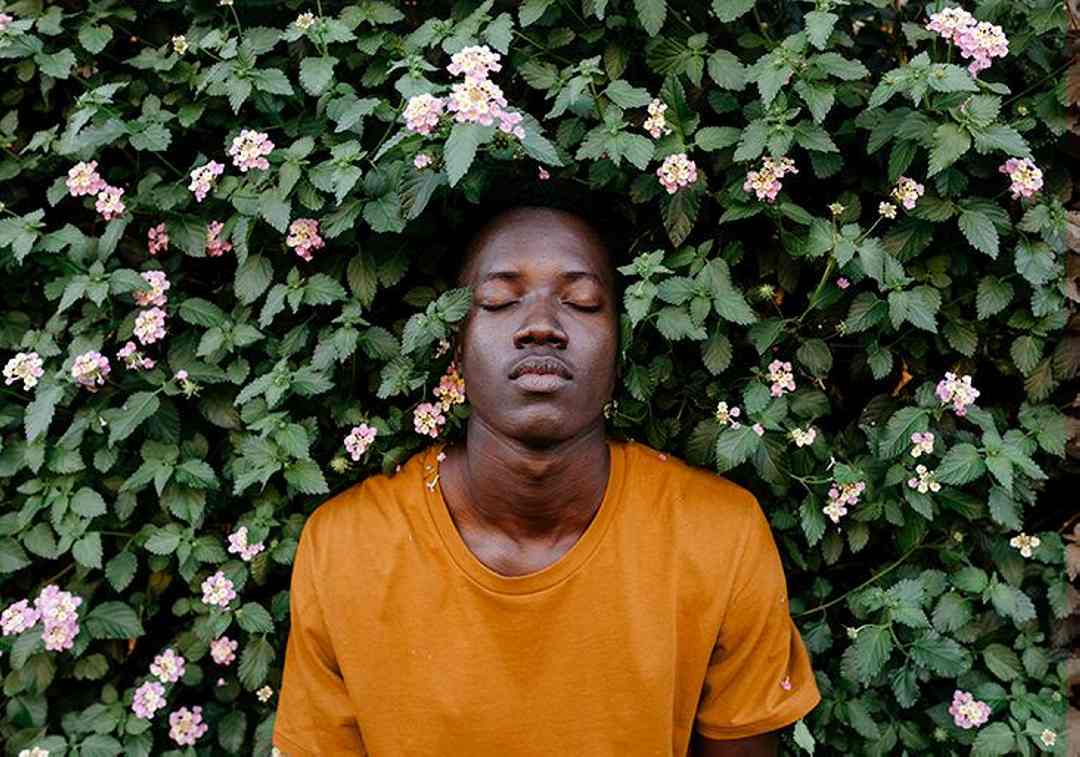Folks with main despair may alleviate their signs by self-administering a type of electrical mind stimulation at house, in keeping with a scientific trial of the remedy.
Sufferers who took a 10-week course of the therapy have been about twice as more likely to see their despair go into remission than these in a management group who carried out the identical process with the present switched off.
The findings recommend that individuals with despair may obtain useful mind stimulation with out having to attend a clinic and that the therapy may turn into an efficient different for many who don’t need, or don’t reply to, extra conventional therapies.
“It is a potential first line therapy for despair,” mentioned Cynthia Fu, a professor of affective neuroscience and psychotherapy at King’s School London and senior creator on the research.
“It will also be used for folks whose despair hasn’t improved with antidepressant medicine, for individuals who don’t like antidepressant medicine, or who don’t need psychotherapy.”
For the section two trial, 174 folks with main depressive dysfunction got a headset to ship what is called transcranial direct present stimulation (tDCS). The headset, produced by Stream Neuroscience, which additionally funded the trial, incorporates two electrodes that apply a weak present of as much as 2 milliamps to the brow.
The ten-week course was supervised in real-time over video convention calls, beginning with 5 30-minute periods every week for 3 weeks, adopted by three 30-minute periods every week for the following seven weeks.
Whereas half the individuals obtained electrical mind stimulation as anticipated, the opposite half unknowingly had “inactive” remedy, the place the machine delivered a quick, weak present initially and end of the session, however was in any other case not offering any stimulation.
Writing within the journal Nature Medication, the researchers report that despair improved in each teams over the 10-week course, in keeping with their scores on commonplace despair scales.
However those that had lively mind stimulation improved most. The remission price within the mind stimulation group was 44.9% in contrast with 21.8% within the inactive management group.
An estimated 5% of adults globally reside with despair. The commonest therapies are antidepressants and psychological therapies however greater than a 3rd of individuals with main depressive dysfunction don’t attain full scientific remission.
tDCS makes neurons in frontal areas of the mind hearth extra readily, an impact that’s thought to have a useful impression on the broader mind community affected by despair.
“We did see a placebo impact, with individuals who have been receiving the inactive therapy exhibiting an enchancment,” Fu instructed the Guardian. “However there have been extra folks within the lively therapy arm whose despair improved than within the inactive therapy arm.”
The present delivered to the mind throughout tDCS is at the very least 400 occasions weaker than that utilized in electroconvulsive remedy, which induces a generalised seizure within the mind. To cut back any dangers from extended stimulation, the machine shuts off after half-hour.
“Though tDCS for despair has been in Good [National Institute for Health and Care Excellence] tips since 2015 and is taken into account ‘protected’, uncertainties about its efficacy stay,” mentioned Myles Jones, a senior lecturer in psychology on the College of Sheffield, who was not concerned within the research.
“This research demonstrates that repeated house use of tDCS is related to a discount in a key despair measure.”
He added: “Though single doses of tDCS have proved equivocal in altering neural exercise and cognitive efficiency, extended use over days or perhaps weeks has been proven to be clinically efficient in despair, tinnitus and a variety of situations.”



